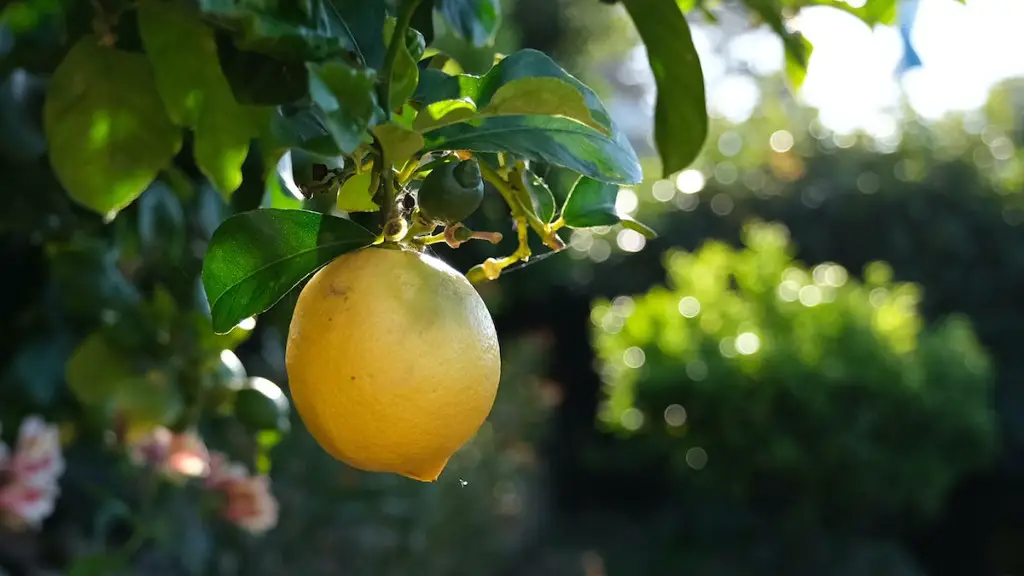Moving a lemon tree is not an easy task. It requires caution, careful planning, and proper execution. With the right direction, however, you can successfully transplant your lemon tree and enjoy the fruits of your labor for years to come. Here’s how:
First, use a pair of gardening clippers to carefully trim off any diseased or dead branches and leaves. Trim any roots that are too congested, as these can slow the growth of your tree. Next, you must choose a new home for your tree. Select an area with partial sunlight, and make sure it is not too close to walls or other objects. Then, prepare a hole that is two times the size of the root ball. Ensure that the soil is loose and moist so your tree will be able to establish a strong root system.
Once you have chosen a new site for your lemon tree, you must prepare to physically move the tree. You’ll need a few tools for the job. Start by digging a hole twice the size of the container the tree is currently in. When you remove your tree from the container, be sure to hold it firmly. Take great care not to pull, tear, or bruise the roots. Then, place the tree in the prepared hole and cover it with soil.
Next, water your lemon tree thoroughly. Use lukewarm water if temperatures are cold–this will ease the shock of the sudden change in environment. Add some fallen leaves or mulch around the base of the tree to help preserve moisture. After you have planted your tree, you should wait a few days before applying fertilizer, as the roots need time to adjust to their new home.
The best way to ensure that your lemon tree thrives is by providing plenty of water and sunlight. Water your tree regularly, making sure to keep the soil mostly moist. Avoid overwatering as this can damage delicate root systems. Finally, give your tree as much natural sunlight as possible. Try to position it near a south-facing window or on an outdoor patio. This will help the tree get the energy it needs to flourish.
Pruning and Maintenance
Once your lemon tree has been transplanted, it’s important to provide regular maintenance and pruning. Pruning is essential to promote bushy growth and encourage more flowers and fruit. Begin pruning soon after you move the tree and prune occasionally to remove any weak or diseased branches. Over time, you can also prune away branches that are rubbing up against each other as well as any spindly shoots.
Identifying Disease and Pest Problems
As with all plants, lemon trees can be prone to disease and infestations. Be on the lookout for common pests like aphids, mealybugs, and scale insects. If you notice any of these issues, apply appropriate insecticides or fungus fighters. You should also regularly check for any signs of disease, such as wilting, yellowing leaves, or discoloration. Make sure to address any problems quickly to prevent further damage from occurring.
Harvesting and Storing Your Lemons
When your lemon tree has matured enough, you can begin to harvest your fruit. Lemons keep fresh for two weeks at room temperature, three days in the fridge, or up to a year in the freezer. To ensure that your fruit stays in the best condition possible, be sure to pick lemons when they are slightly underripe. This will make them last longer and retain their flavor. Also, avoid storing lemons on a kitchen countertop; this can cause them to overripen.
Conclusion
Moving a lemon tree may require some effort and patience, but can be very rewarding in the end. With the right preparation, care, and maintenance, your tree can thrive and provide beautiful, delicious lemons for years to come.


